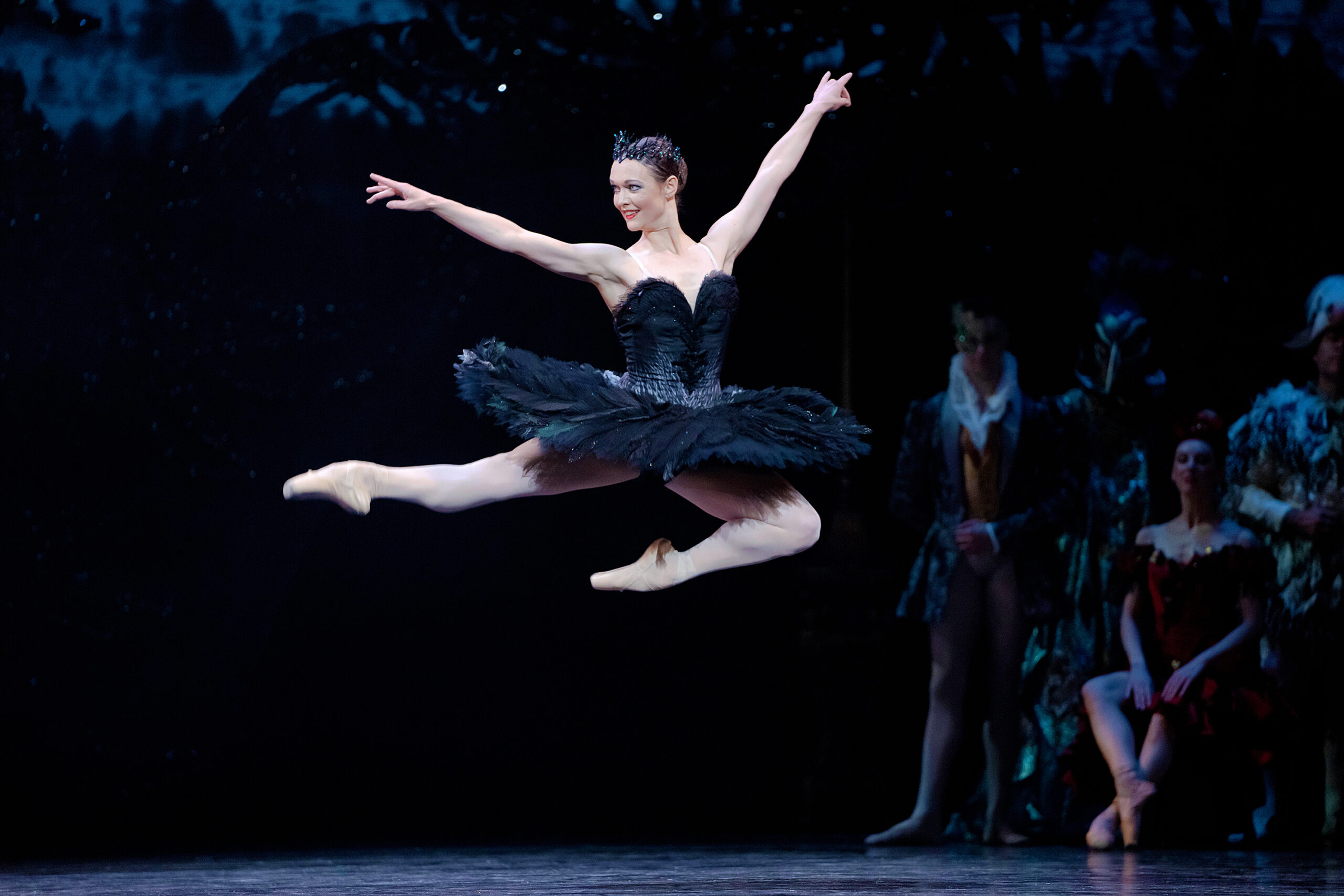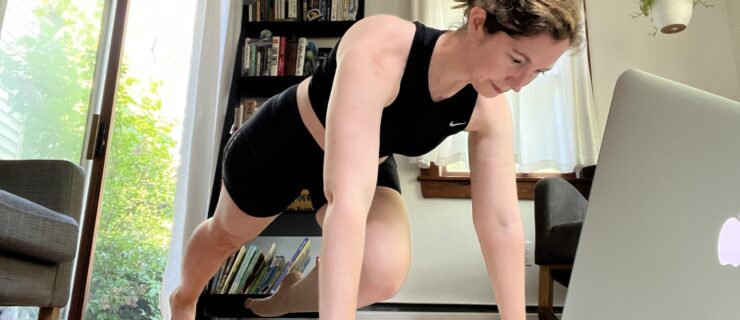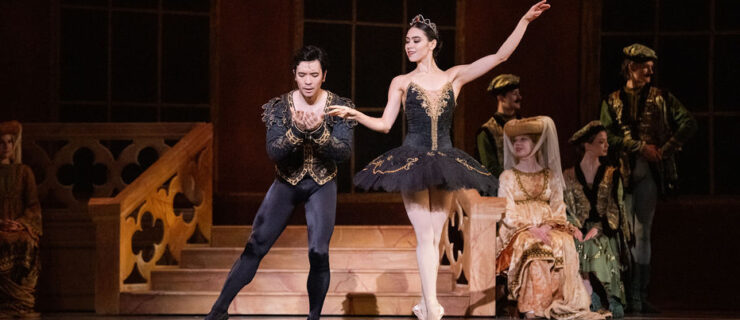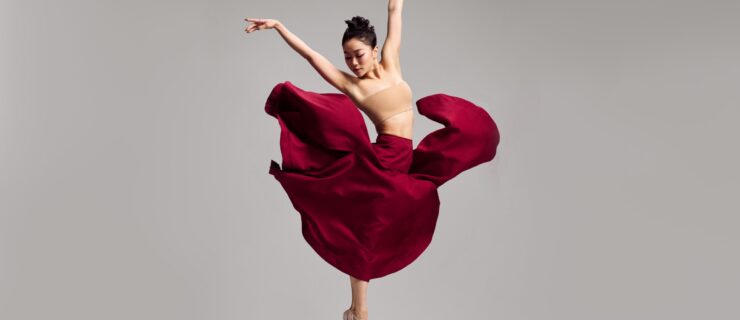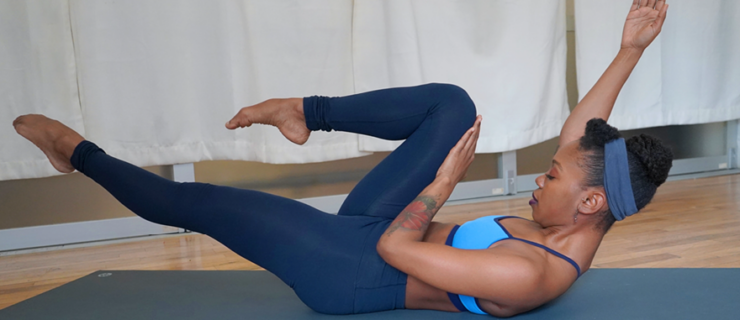How Weight Training Helped Jurgita Dronina Get Stronger After Injury
In 2015, National Ballet of Canada principal Jurgita Dronina sustained a nerve injury, which caused the left side of her upper body to “droop.” Daily tasks that involved moving her left arm, like showering and getting dressed, became difficult. Thankfully for Dronina, the injury didn’t end her career, and she continues to be one of the most highly sought-after international ballet artists. The key to her successful recovery and longevity? Weight training.
Building Back
With the help of a previous colleague from Dutch National Ballet, Dronina got in touch with Toronto-based personal trainer Ben Clarfield, who introduced her to weight training after her injury.
“I needed to make sure that [the rest of my body] could support the weaker muscle tone and structure on my left side,” says Dronina. “Ben opened my eyes to understanding what weight training is and how incredible it can be for not only developing strength but preventing injuries.”
Dronina’s trainer developed personalized exercises, particularly ones that focused on her lower back, glutes, and hamstrings, to prevent her upper-body injury from affecting her balance. Dronina says that this weight training enabled her to keep the drooping in her left side from worsening and to continue performing at “the highest level possible.”
Debunking Myths
Some dancers may fear that weight training can lead to “bulking up,” but Dronina clarifies this misconception. “It’s not body-building,” she says. “That’s why you should first contact a personal trainer who is knowledgeable and can advise you [on weight exercises] that best suit your body type and muscles.”
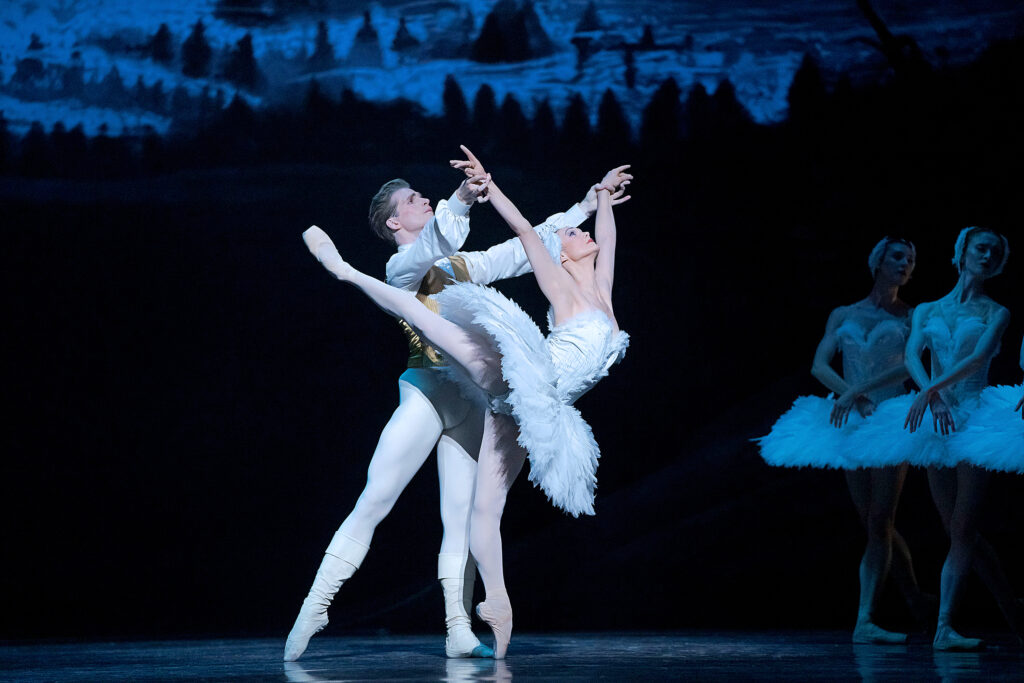
It’s All in the Squat
Dronina weight-trains at the gym five days a week after doing a floor barre warm-up. She rotates daily among three different hour-long programs developed by her trainer, or she spreads the exercises throughout the week as her schedule allows.
One exercise Dronina can’t live without: squats with a barbell. Not only does it engage various muscle groups like the abdominals, lower back, glutes, and hamstrings, but Dronina has also found it beneficial for grand allégro and explosive jumps.
“Nothing beats a good squat,” says Dronina. “Squats have been my magic go-to since it addresses everything. If one side of my body is weaker, I can feel it when I squat. If your glutes and hamstrings are not firing or your knees are weak, you feel it in a squat, since they’ll turn inward. Or if the back is weak, you’ll sink in the back and not be steady in a squat position. I always say a good squat is the beginning of being strong.”
Dronina’s personal best is squatting with 50 kilograms of weight (110 pounds), though she typically trains with around 45 to 46 kilograms (about 99 to 101 pounds).
Packing the Protein
During peak performance times, Dronina likes to increase her protein intake, mixing it up with chicken, beef, lamb, and fish. “When you have four Swan Lakes in a week, it’s a marathon!” She also finds that protein aids in her muscle recovery postshow.
How-To: Simple Squat Exercise With Weights
Dronina does the below squat exercise two to three times per week. She starts off with just the barbell and gradually adds weights with each set. She also likes to use squat wedges to elevate her heels and provide deeper range of motion.
Try the below exercise for five sets of five repetitions each. Start out using only your body weight, and then add a dumbbell (held in front of your chest) or a barbell with weights (resting on your shoulders behind you) only under the guidance of an athletic trainer or physical therapist.
- With feet hip-width apart and toes slightly turned out, breathe in and slowly lower into a squat for three counts.
- Push back up to standing in one count and exhale.
